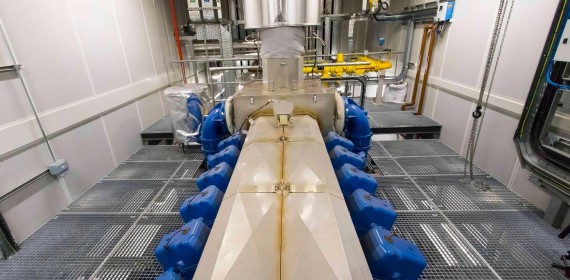
What is Combined Heat and Power (CHP)?
CHP also known as "Co-generation", is the simultaneous production of electricity and heat usually in the form of hot water or steam from a primary fuel such as natural gas. Electricity is generated on site by using natural gas to drive an alternator connected to a turbine or engine. The heat from the exhaust gases generated by the turbine or engine is harvested to provide steam or hot water for the production processes.
Why CHP?
Due to potential inefficiencies in electricity generation significant savings can be made by generating electricity on site to meet the electrical demand using natural gas to power the electricity generator. In addition to reduced energy usage, the efficiencies of the CHP system result in lower CO2 emissions.
Applications of CHP
Suitable for a wide range of applications, CHP is particularly appropriate as an energy solution where there is a high demand for both electricity and steam, heat or hot water. Already embedded across many sectors in Europe, including food, distilling, agriculture and chemicals, CHP is also utilised in the supply chain of many more industries including packaging, food processing and the automotive sector. Here in Ireland, the levels of CHP installed capacity are low with just 6.6% of Ireland's electricity coming from CHP installations in 2019 (https://www.seai.ie/publications/CHP-Update-2020.pdf) .
CHP benefits
- CO2 emissions reduced
- Generation of valuable fuel resources
- Lower carbon tax
- Security and continuity of power supply